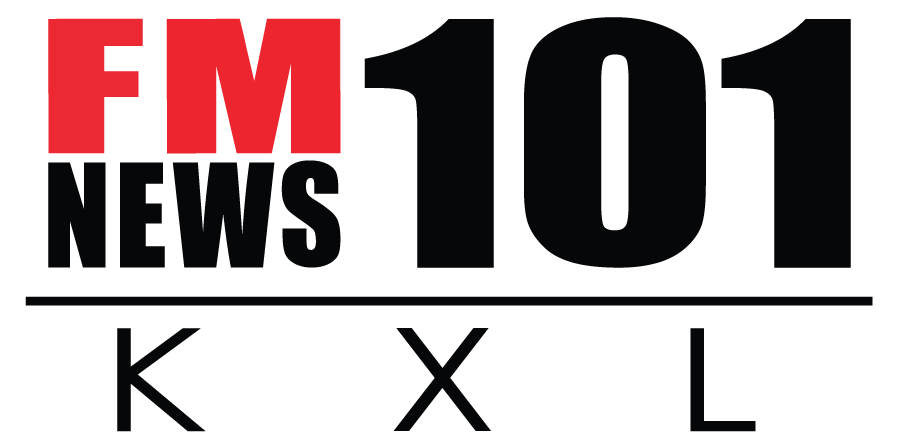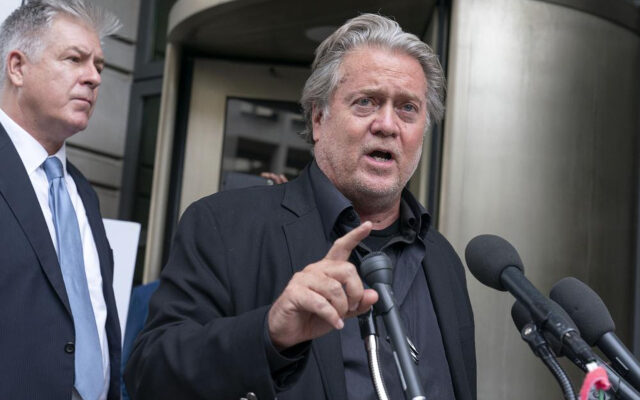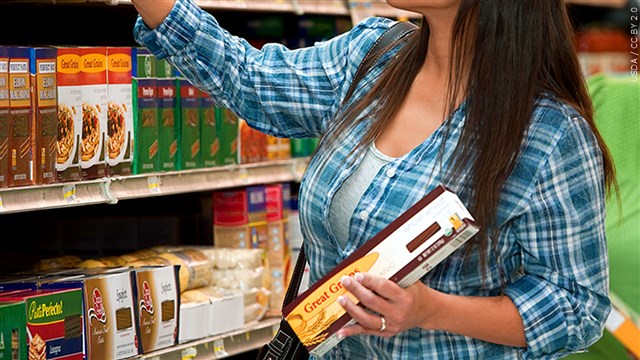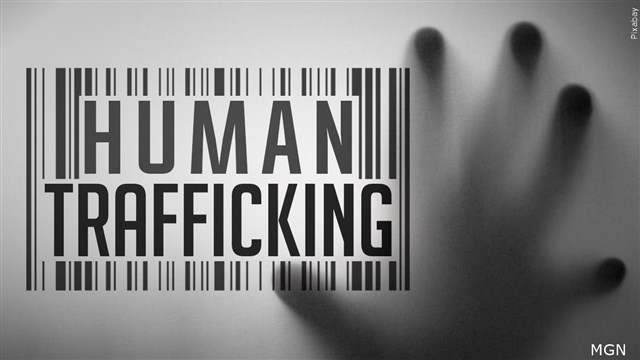Bowling Alleys And Skating Rinks Allowed To Reopen In Portland Metro Area Immediately
Portland, Ore. – The Oregon Health Authority has issued new guidance allowing bowling alleys and skating rinks to reopen under Phase 1 with covid-19 safety precautions in place. Businesses will have to limit the number of people inside at a time, and will have to close at 10pm.
Phase One Reopening Guidance —Bowling Alleys and Skating Rinks
Applicability: This guidance applies to operators of bowling alleys and skating rinks in Phase One counties.
Enforcement: To the extent this guidance requires compliance with certain provisions, it is enforceable as specified in Executive Order 20-27, paragraph 26.
Operators of bowling alleys and skating rinks are required to:
• Limit the capacity to a maximum of 50 people indoor or 50 people outdoor, not to exceed 50 indoor and outdoor; or the number of people, including staff, based on capacity (square footage/occupancy), whichever is less.
• Ensure all facilities are ready to operate and that all equipment is in good condition, according to any applicable maintenance and operations manuals and standard operating procedures.
• Limit bowling times/skate times to scheduled appointments.
• Maintain contact information of customers for bowling and skating activities. If there is a positive COVID-19 case associated with the bowling/skating establishment, public health may need this information for a contact tracing investigation. Unless otherwise required, this information may be destroyed 60 days after the event.
• Review and implement General Guidance for Employers.
Physical Distancing Measures
• Determine maximum occupancy of each indoor and outdoor area to maintain the requirement of at least six (6) feet of physical distance between parties, and limit number of individuals on the premises accordingly. Use 35 square feet per person of usable space as a guide to determine maximum occupancy. Bowling lanes are not considered usable space.
• If equipment or play lanes cannot be moved to facilitate physical distancing, the area must be blocked from being used.
• Single parties are defined as groups of 10 or fewer people who have chosen to congregate together. Ensure that physical distancing of at least six (6) feet between people of different parties is maintained. Make clear that members of the same party can participate in activities together, stand in line together, etc. and do not have to stay six (6) feet apart.
• Assign a physical distancing monitor to ensure compliance with all distancing requirements, including at entrances, exits, restrooms and any other area where people may congregate.
• Position staff to monitor physical distancing requirements, so that parties are no larger than 10 people, and to help visitors understand these requirements.
• Set up seating and/or game configuration to comply with all physical distancing requirements.
• Do not combine parties or allow shared seating for individuals not in the same party.
• Remove or restrict seating/consoles/lanes etc. to support the requirement of at least six (6) feet of physical distance between people not in the same party.
• Prohibit people in different parties from congregating in any area of the facility, both indoor and outdoor, including in parking lots.
• Prohibit operation and use of any play areas/ball pits/playgrounds.
• Prohibit full contact sports, e.g. Ice Hockey, as stated in the Recreational Sports guidance.
• Ensure that ventilation systems operate properly. Increase air circulation and ventilation as much as possible by opening windows and doors. In indoor spaces, fans should only be used when windows or doors are open to the outdoors in order to circulate indoor and outdoor air. Do not open windows and doors if doing so poses a safety risk to employees, children or customers.
• Do not operate, if unable to maintain at least six (6) feet of distance as required by this guidance, except for brief interactions or if unable to comply with all other requirements in this guidance. The requirement to close applies to both indoor and outdoor operations for entities that have both.
To the extent possible, operators of bowling alleys and skating rinks should, but are not required to:
• Consider placing clear plastic or glass barriers in front of reception counters, cashiers, rental counters or in other places where maintaining six (6) feet of physical distance between employees and clients is more difficult. Masks and face coverings are still required in these situations.
• Consider using a phone, email or online reservation system.
• Encourage use during non-peak times as determined and publicized by facility management.
• Encourage one-way flow with marked entrances and exits, but do not block egress for fire exits. Use signs to direct one-way flow of traffic.
Operators of bowling alleys and skating rinks are required to:
Employees
• Require all employees to wear a mask, face shield, or cloth, paper or disposable face covering in accordance with Statewide Mask, Face Covering, Face Shield Guidance. If an employee cannot wear a mask, face covering or face shield because of a disability, the employer must work with the employee to determine whether a reasonable accommodation can be provided. A reasonable modification does not include simply allowing an employee inside without a mask, face covering or face shield. There are limited times when an employee does not have to wear a mask, face shield or face covering at a location covered by the statewide guidance, but no exemptions. An employer should work with their human resources department or speak to their legal counsel to determine their legal options for addressing this issue. Employers may also reach out to the Bureau of Labor and Industries (BOLI) for technical assistance.
• Employers must provide masks, face coverings or face shields for employees.
• Train all employees on cleaning operations (see below) and best hygiene practices including washing their hands often with soap and water for at least 20 seconds.
• Review and use Statewide Mask, Face Covering, Face Shield Guidance.
Visitor Face Coverings
• All visitors and customers are required to follow the Statewide Mask, Face Covering,
Face Shield Guidance.
• Provide for accommodations for employees, contractors, students, customers and visitors if such accommodations are required by:
State and federal disabilities laws, if applicable, including the Americans with Disabilities Act (ADA) which protects people with disabilities from discrimination in employment and requires employers to engage in the interactive process for accommodations.
State or federal labor laws.
State and federal public accommodations laws that provide all persons with full and equal access to services, transportation and facilities open to the public.
OHA public health guidance if applicable.
• Bowling alleys and skating rinks are considered “indoor public spaces” or “outdoor public spaces” whether publicly owned or privately owned, where the public has access by right or invitation, express or implied, whether by payment of money. The use of masks, face coverings or face shields is required.
Cleaning
• Thoroughly clean all areas of bowling alley or skating rink prior to reopening after extended closure.
• Employees must clean and sanitize work areas, high-traffic areas, and commonly touched surfaces in both customer and employee areas in indoor and outdoor facilities. Use disinfectants that are included on the Environmental Protection Agency (EPA) approved list for the SARS-CoV-2 virus that causes COVID-19. Use products that are effective against the novel coronavirus.
• Thoroughly clean restroom facilities at least twice daily and, to the extent possible, ensure adequate sanitary supplies (soap, toilet paper, hand sanitizer) throughout the day. Restroom facilities that cannot be cleaned twice daily should be kept closed or a sign should be posted stating that the restroom is unable to be cleaned twice daily.
• Employees must clean and disinfect ALL bowling balls, shared equipment, shoes, skates and any other commonly touched devices or tools between use.
• Assign a sanitation attendant or attendants to frequently clean and disinfect work areas, high-traffic areas, and commonly touched surfaces (including balls, touch screens,
skates and other shared equipment) in areas accessed by workers and attendees/participants.
• Provide public sanitation stations for customers to be able to clean hands and highly touched surfaces as needed. To the extent possible, operators of bowling alleys and skating rinks should, but are not required to:
• Strongly encourage clients to wash hands with soap and water for 20 seconds and/or use hand sanitizer (60-95% alcohol content) immediately before and after play session as well as several times during the session.
Operators of bowling alleys and skating rinks are required to:
Signage
• Post clear signs listing COVID-19 symptoms, asking employees, volunteers and visitors with symptoms to stay home and who to contact if they need assistance.
• Use clear signs to encourage physical distancing.
• Post clear signs about the mask, face covering, or face shield requirements.
Additional requirements
• Keep areas that are prone to attracting crowds (including but not limited to indoor playgrounds, indoor play structures and drop-off play structures) closed.
• Keep drop-in childcare closed.
• Limit parties to 10 people or fewer. Do not combine parties/guests in shared seating who have not chosen to congregate together. People in the same party seated at the same table do not have to be six (6) feet apart.
• Prohibit parties (a group of 10 or fewer people that arrived at the site together) from congregating in parking lots and other common areas for periods longer than reasonable to retrieve/return gear and enter/exit vehicles.
Keep common areas, such as picnic tables, day-use shelters, and buildings open to the public, arranged so at least six (6) feet of physical distance between parties (chairs, benches, tables) is maintained. Post clear signs to reinforce physical distancing requirements between visitors of different parties.
• End all facility activities by 10 p.m.
• Follow the Phase One Restaurants and Bars Guidance, if serving food and/or beverage.
Operators of bowling alleys and skating rinks must comply with the maximum capacity limits required in the Phase One Guidance for Bowling Alleys and Skating Rinks and cannot increase capacity based on any other OHA guidance.
• Follow the Retail Stores Guidance if operating a retail store on the premises. To the extent possible, operators of bowling alleys and skating rinks should, but are not required to:
Additional Physical Distancing Measures
• Limit the number of staff who serve or interact with each party.
• Encourage visitors to attend with their own household members rather than with those in their extended social circles.
• Encourage visitors to recreate safely and avoid traveling to or recreating in areas where it is difficult to maintain at least six (6) feet from others not in their household.
Cleaning/ Hygiene
• Consider providing hand-washing facilities for customer use in and around the facility.
Hand sanitizer is effective on clean hands; businesses may make hand sanitizer (60- 95% alcohol content) available to customers. Hand sanitizer must not replace hand washing by employees.
Outdoor facilities
• Consider closing every other parking spot to facilitate at least six (6) feet of physical distance between parties.
Additional Resources:
OHA General Guidance for Employers
Statewide Mask, Face Covering, Face Shield Guidance
CDC’s Guidance for Administrators in Parks and Recreational Facilities



